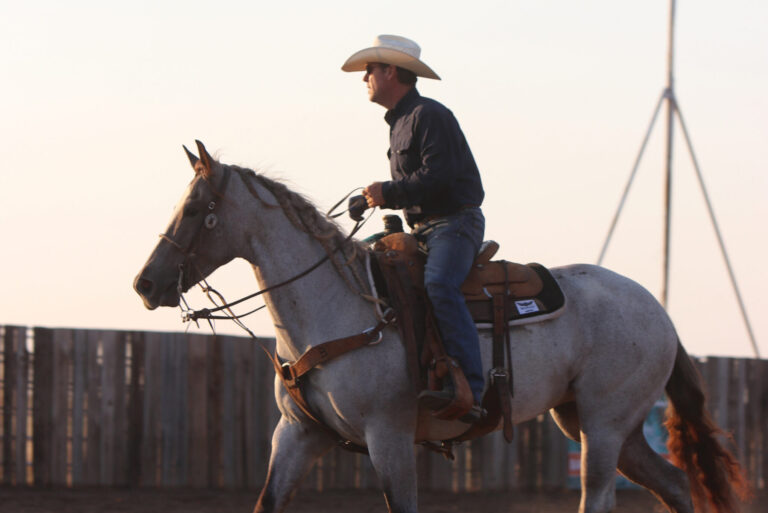Even the best ropers—and horse trainers—in the world have some serious backup in the top hands who put the outside rides on their young horses. From ranch cowboys to cow horse trainers to cutters, there are trainers behind the trainers who make top futurity horses, world champions and just true winners. Their styles are as different as the men themselves, but their results are gold buckles, gold globes and all-around great horses.
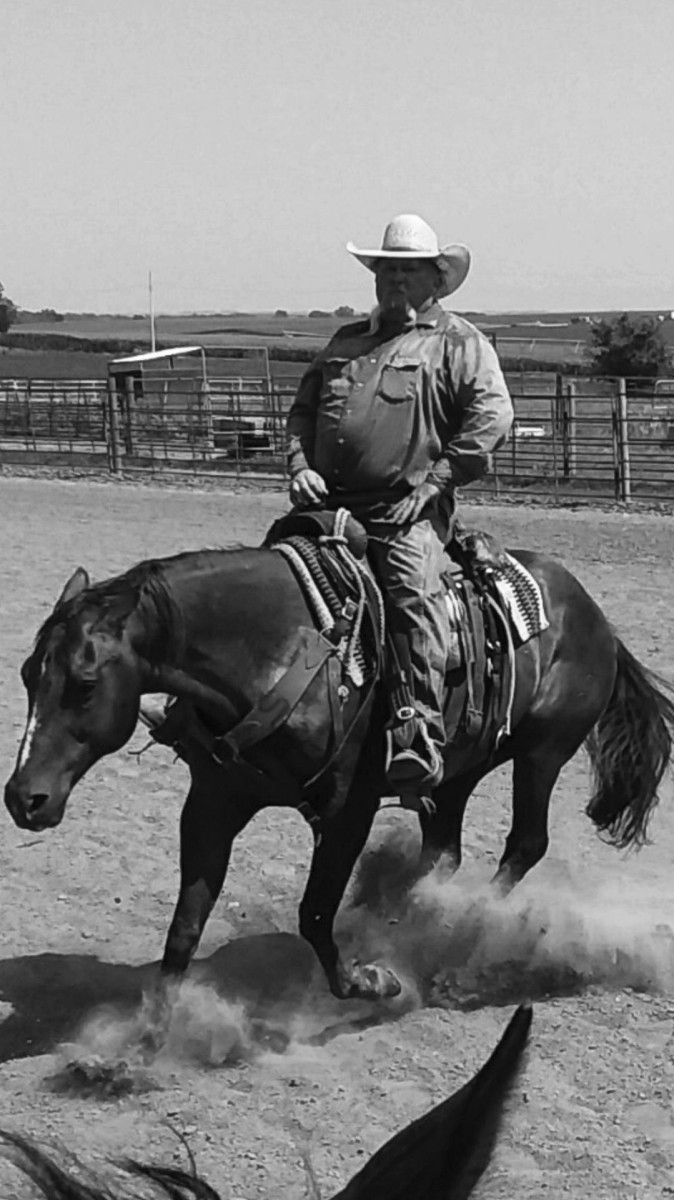
Mushy Stohlmann
Ithaca, Nebraska
DISCIPLINES: Cowboying
RIDES FOR: Two-time World Champion Header Chad Masters
AGES: 3-year-olds and up
PROGRAM: When Masters, known for the time he puts into his green head horses, bought a young horse he discovered was terrified of cattle, he called Stohlmann to change the horse’s thinking. Stohlmann works for the University of Nebraska Research Feedlot, and the operation also runs a few thousand head of cows on grass. When Masters picked the horse up almost a year later, he barely recognized him.
“He checked all the pens, with no bridle, and that was really impressive to a team roper,” Masters said. “He made me get on him and check the rest of the pens without my reins, and he heeled a cow tied on, clucked to the horse, and he turned around and drug it. That horse always scored and was super broke from then on.”
For Stohlmann, the way that horse worked is how he wants all of his horses to ride.
“My horses are being hauled all the time, learning how to work a rope and ground tie and all that. But, when I get them in, I start from scratch as if they’d never been ridden.”
Stohlmann goes through a checklist with each horse before heading out into the feedlot, ensuring each bends, flexes, rides around his inside leg and disengages throughout his body.
“I might just ride them at the barn for maybe a week or so to get some leg buttons put on them so I have control when I’m out there. So, if something happens, it’s not so traumatizing to their mind. They know how to go to me for that comfort and confidence they need, and they’re not running off or bucking.”
Being able to control every part of the horse is critical for Stohlmann, something he’s confident Masters appreciates.
“I enjoy all the little stuff that other people don’t spend time with. I enjoy hunting that softness in one all day long, so they’re that much easier in the box, easier to move around, to face. I want them to be able to show in the cow horse or reining or go rope when they leave me. I just like the least amount of resistance. When a thought can go from my brain, through my hands and my body to their brain, and then their feet end up doing what my original thought was without very much resistance, that’s what I get up for in the morning.”
GO-TO BRIDLE: “I ride everything in a ring snaffle. I don’t care if it’s a 2-year-old or a 10-year-old. If I can shut one down chasing a calf in a corn field in 20 feet in a ring snaffle, the next guy will have that much more control in whatever he’s doing. And, if you leave one with me long enough, they’ll be riding bridleless because I want them listening to my body more than anything else.”
RIDING DAYS PER WEEK: 7
INFLUENCES: “I learned from an old feedlot cowboy who taught me to cowboy—Merlyn Beetison. He was King of the Cowboys before Trevor Brazile came along. He knows how to get in one’s mind, and I love what I do every day because of what I learned from him.”
CONTACT: 402-430-2070
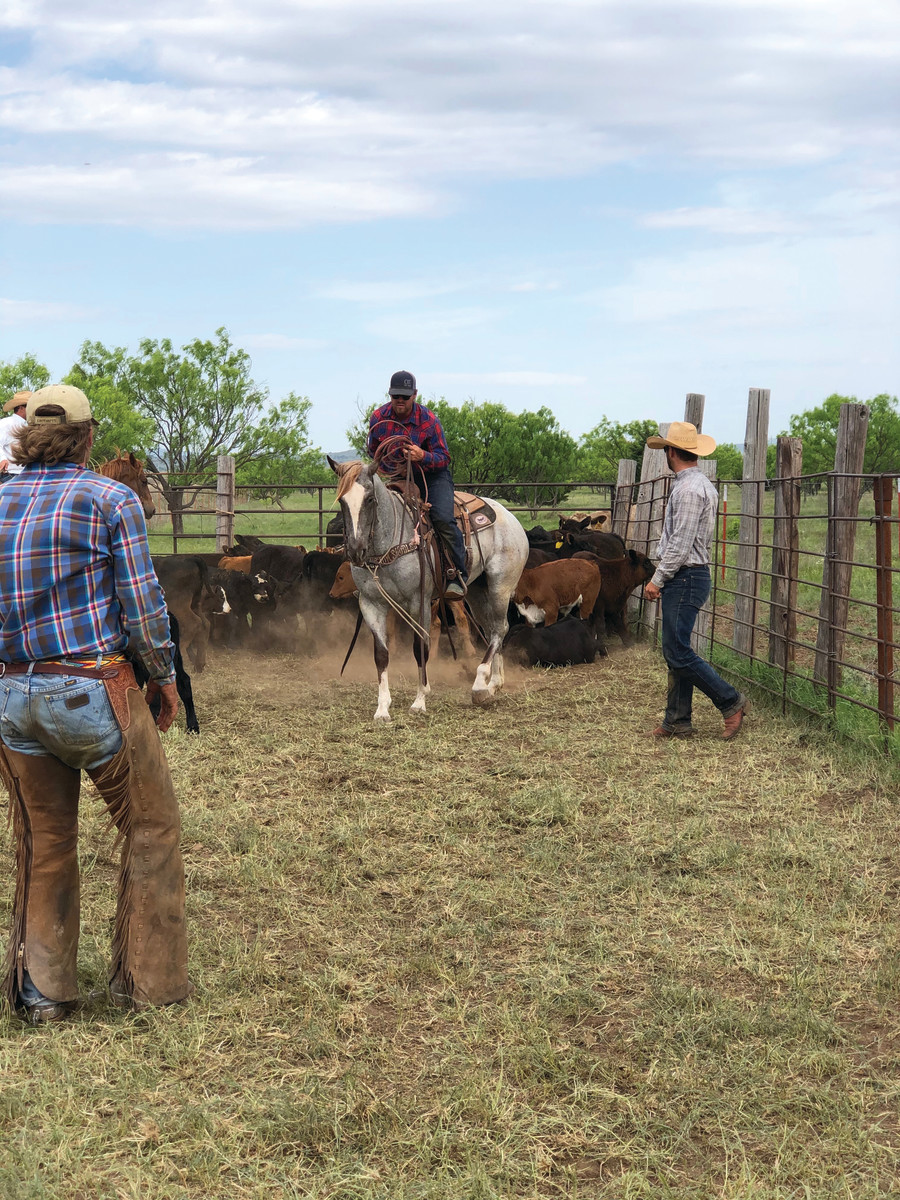
MILES BAKER
Snyder, Oklahoma
DISCIPLINES: Team roping, ranching
RIDES FOR: WPRA World Champion Lari Dee Guy, 25-time PRCA World Champion Trevor Brazile
AGES: 3- to 4-year-olds
PROGRAM: The King of the Cowboys traded a few horses with a just-out-of-Oklahoma-State Baker, and he was hooked on the feel Baker puts on one.
“I have so much day work to do on them that I give them a job and take them outside and use them,” Baker said of his operation. “I feel like what I do best is developing horses’ minds and setting them up for the future. I take my time on them and do things that will help them succeed later on—whether it’s having a good foundation in the box or setting them up in their stops.”
Horse Care with Trevor Brazile
In the arena, Baker does a lot of steer stopping, just like Brazile, to teach them to run straight and wait for their next cue.
“From rope-breaking them up to running steers—it’s not really what I can get them to do; it’s about setting them up for what’s to come later. My goal is to set that horse up so, when Trevor gets on that horse, he’s ready for anything. His mind is ready and he’s physically ready. Nobody will have to go back and fix something that’s not right. No matter who gets on him, that horse will naturally do things correct. If you teach them to do it right from a young age, they won’t know how to do it the wrong way.”
GO-TO BRIDLE: “I ride the medium-shank Kerry Kelley Al Dunning (kerrykelleyspurs.com) mouthpiece correction a lot. It’s got a lot of bend in it, a lot of flex, and it’s real forgiving. I have lift in it if I need it. It’s slow moving in their mouth, and I can give clear signals with it. I can use it however I want to. Trevor and I both ride a Myler Liberator a lot on older horses and, sure enough, on seasoned head horses I like a Klapper 122.”
RIDING DAYS PER WEEK: 5 to 7
INFLUENCES: “In the roping, I’d say Trevor has taught me more than anybody. But I’ve picked up more horsemanship from Shannon Hall, the cutting horse trainer. He’s taught me so much about horses I’ve been able to apply basic horsemanship to the roping.”
CONTACT: 580-483-9983
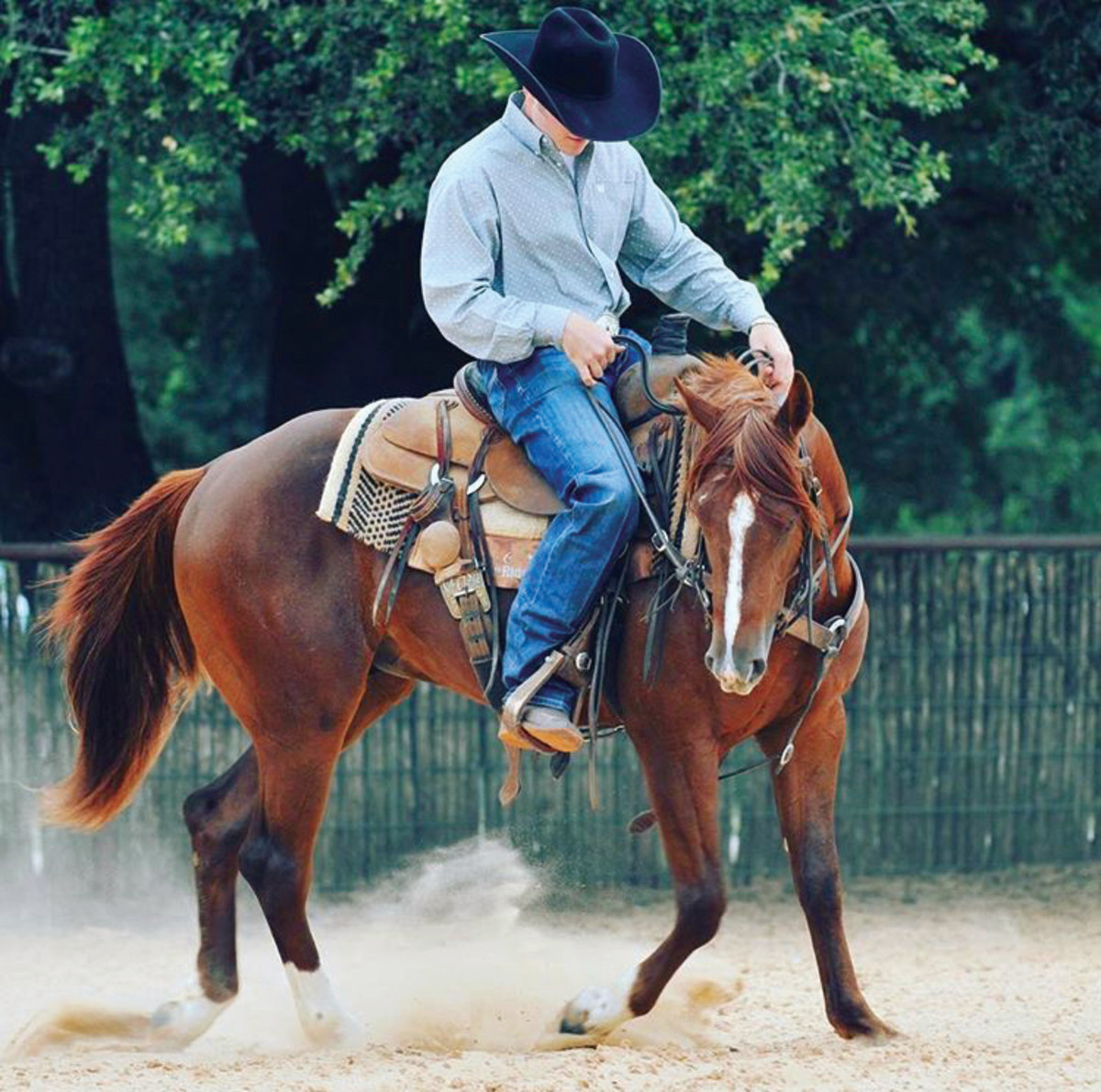
TYSON BENSON
Brock, Texas
DISCIPLINES: Cutting, cow horse
RIDES FOR: American Rope Horse Futurity Association World Champion and two-time NFR heeler Billie Jack Saebens
AGES: 2- to 4-year-olds
PROGRAM: Benson’s job is to help Saebens sift through the Dixon Flowers’ young horses, putting a solid foundation on each horse to see which will go the cow horse direction and which will end up a rope horse.
“I’ll keep those ones that have potential to go to the Snaffle Bit Futurity, then plan to give them back to Billie as a 4-year-old,” Benson said.
Benson starts with three to five days in the round pen, in a unique, handmade hackamore.
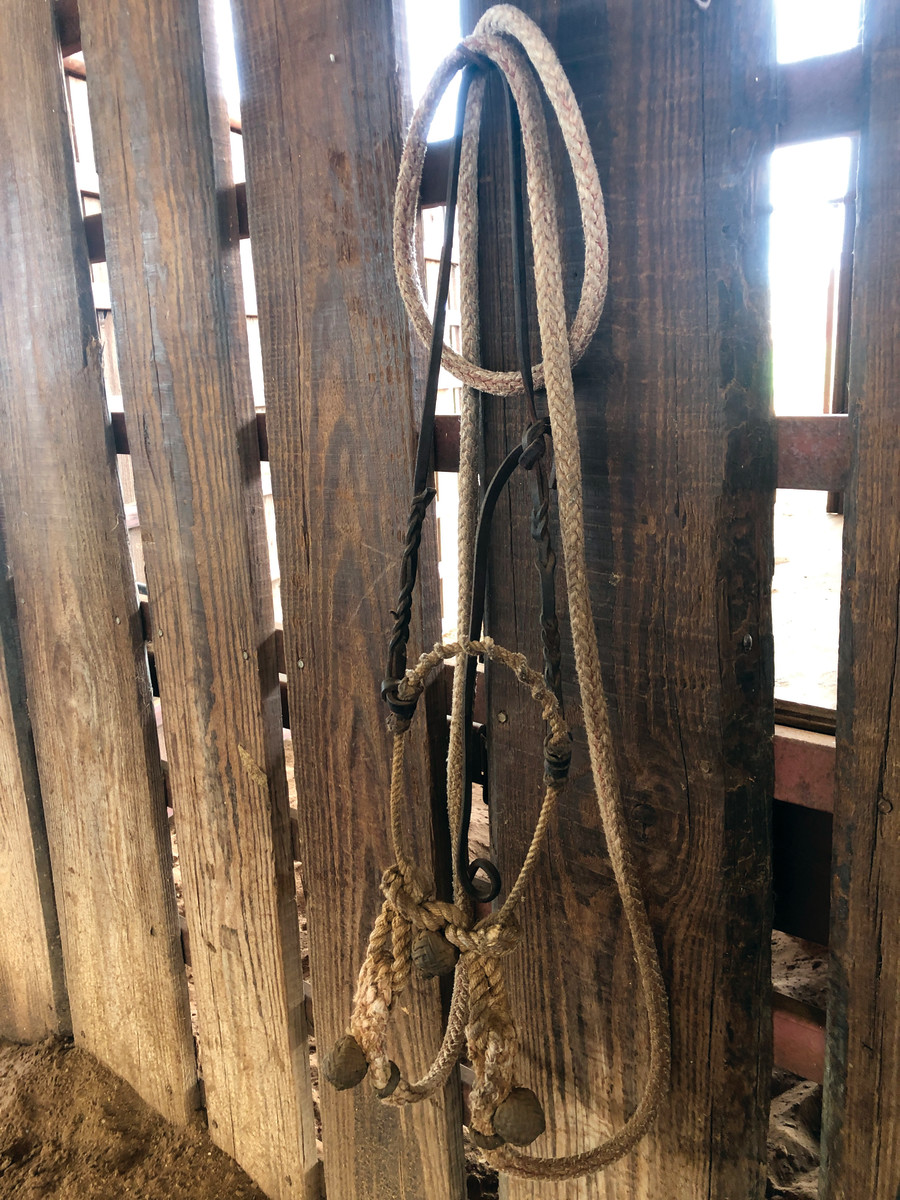
“We do a lot of groundwork. I usually get two rides in the round pen, then I graduate into a square 140’ by 140’ cutting pen. I spend a couple days in there, making sure I’ve got some handle on them, then I’ll put somebody on a broke horse, and I’ll head to the pasture with somebody in front of me.”
The broke horse works as a magnet for that colt to stick to, in case something scares him and he runs off.
“We trot through the trees and through the grass. There’s cattle out there, and we just go at it and show them what the world is all about right off the bat. We’re going to figure out where all the ghosts and goblins are and get all that under control.”
After about 30 days, Benson will add a snaffle bit into the mix and bring the colt back into the arena and teach him to follow his nose.
“I like to see their mental state and help them move. We’ll do gentle riding and a lot of body control and teaching them to accept that, wherever I want to put their body, I can put it there in a calm, quiet manner. Right is right, left is left, and when I pull on the reins, it means stop. It’s simple. The biggest part is that time outside in the beginning. Once they’ve seen all that and been outside, I don’t put a ton of emphasis on training things. It’s more of a mental game.”
“I get more bang for my buck with him,” Saebens said. “He gets them further along in 90 days than anybody else. They ride one-handed and do every maneuver a team roping horse needs to do. If they weren’t as far along as he gets them, I couldn’t get them much better.”
GO-TO BRIDLE: “A hackamore. It’s not a bosal like what you’d think of. It’s really basically a piggin’ string with a closed rein on it around their nose. It’s very mild.”
RIDING DAYS PER WEEK: 6
INFLUENCES: Cory Cushing, Dad (Rick Benson), TJ Good
CONTACT: 435-749-9536, on Facebook @Tyson Benson Performance Horses
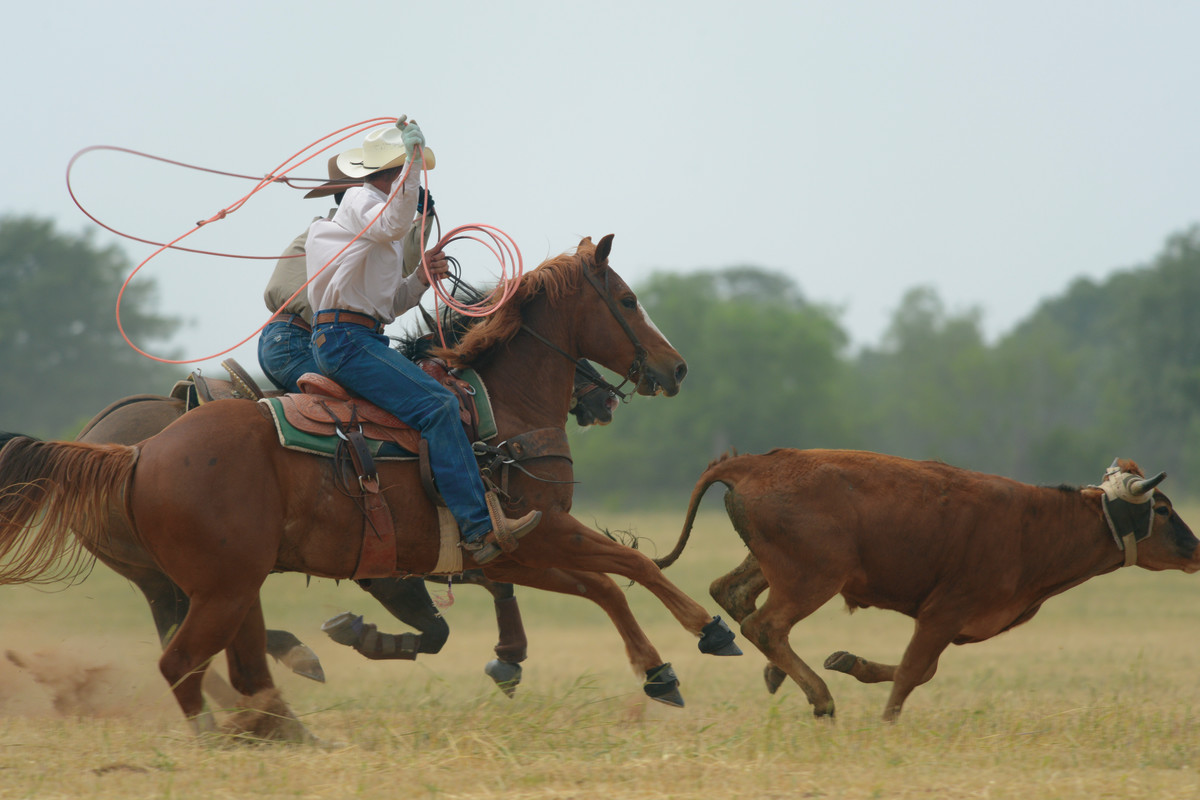
Chris Littlefield
Henrietta, Texas
DISCIPLINES: Cow horse, team roping
RIDES FOR: World Champion Header Nick Sartain
AGES: 2-year-olds and up
PROGRAM: Littlefield is no slouch when it comes to his own in-arena success. He rode the stallion Real Gun to the 2004 AQHA Superhorse title, and he’s cashed big checks at the Ariat World Series of Team Roping Finale in Las Vegas.
But Littlefield is a lot more than a showman and a roper. The self-taught horse trainer learned the ropes of the cow horse business by watching VCR tapes and horse shows, and he dove in headfirst.
“Between the time they’re 2-and-a-half until they’re 6, that’s kindergarten, grade school, high school and college,” Littlefield said. “Everybody thinks they get an 8- or 10-year-old horse and they start roping, and they think they did a good job making him. But somewhere prior to that, somebody did a lot of work on that son of a gun.”
Littlefield gets a horse broke long before he takes it out of the box, and he combines solid in-arena fundamentals with a whole lot of outside miles to make a good one.
“I need to control every part of the horse’s body at all speeds—walk, trot, lope and dead run. I want to control all those parts, and his feet, with NO RESISTANCE—and make sure you put that in capital letters.
“You have to go outside, and I mean go outside, where there are varmint holes and stickers and draws and rivers and rocks—all those things that make them use their feet and their head. When I pull their head up, that means get your damn head up and that means stay on top of the ground. I’m getting older and crankier by the day. Where I go, a lot of days, it ain’t for the weak-hearted.”
Sometimes, those outside endeavors can mean bumps and bruises, Littlefield admits, but those experiences are necessary to make one mentally pure.
“I tried making some strictly in the arena—along the lines of cowhorsing—controlling their environment. In the end, you will not have as pure, mentally, of a product. They have to learn how to think for themselves and they have to learn how to listen to you even when things are going bad.
GO-TO BRIDLE: “Bridles are just a tool of communication. The horse tells me which bridle we need at what point in time. But probably one of my favorite, young rope horse bits that I always run into using is a Billy Klapper 786. Mine is flat wore out.”
RIDING DAYS PER WEEK: 5 to 6
INFLUENCES: “Randy Stalls from McClean taught me how to ride in the arena and keep a horse together and things to do and not do as far as a rope horse goes. Another guy I learned a lot from and a lot about life, not just horses, was Bobby Thompson.”
CONTACT: 940-232-1804, on Facebook @Littlefield Ranch, LLC
We know we missed PLENTY of top hands. Who’s the best YOU know at putting a handle on a horse? Shoot us an email at cshaffer@aimmedia.com so we feature him or her in an upcoming story.







